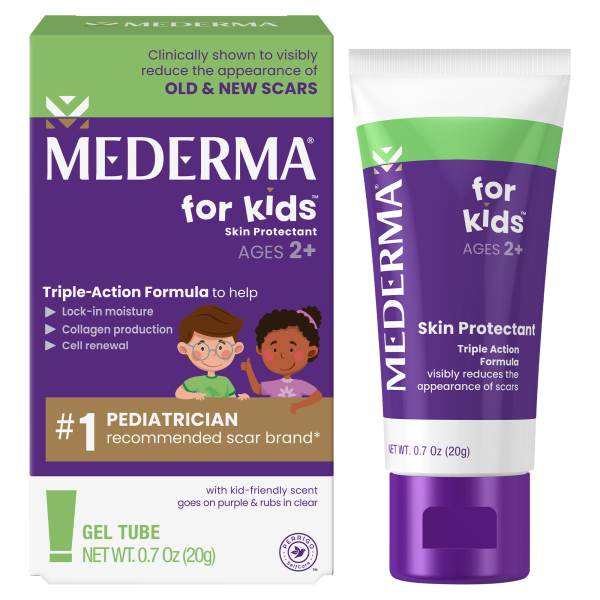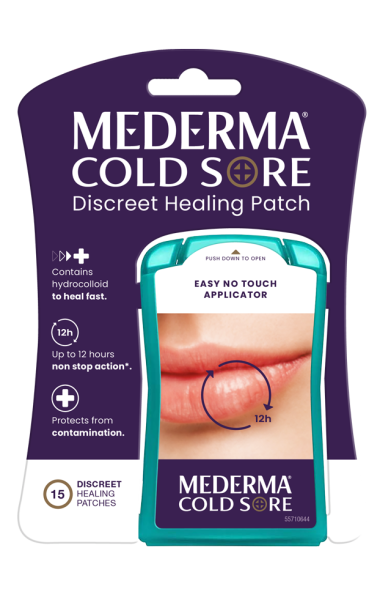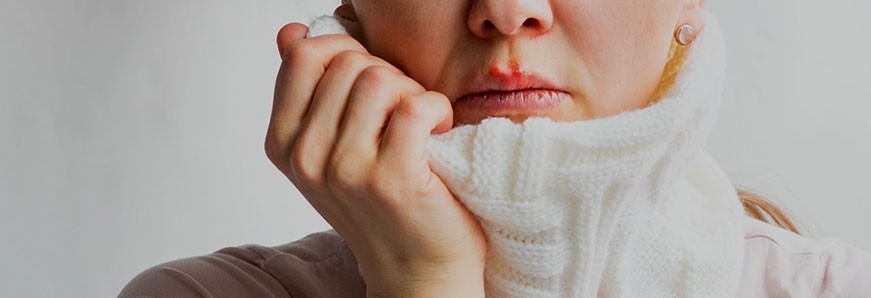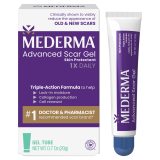Your face is probably one of the most essential components of your body image. It is an important part of your personality and the first thing people see when they meet you. Consequently, a face injury resulting in a scar may greatly influence your perception of yourself and negatively affect your self-esteem.
- Your face is one of the most exposed parts of your body, thereby increasing the risk of scar formation from injury.
- Acting fast on facial wounds could help reduce the risk of scarring.
- Massaging your skin and keeping hydrating can help aid wound healing.
In this article:
- Your face is special
- How can facial skin care reduce scarring?
- Are facial scars different to other scars?
- What can you do to reduce the appearance of scars?
















